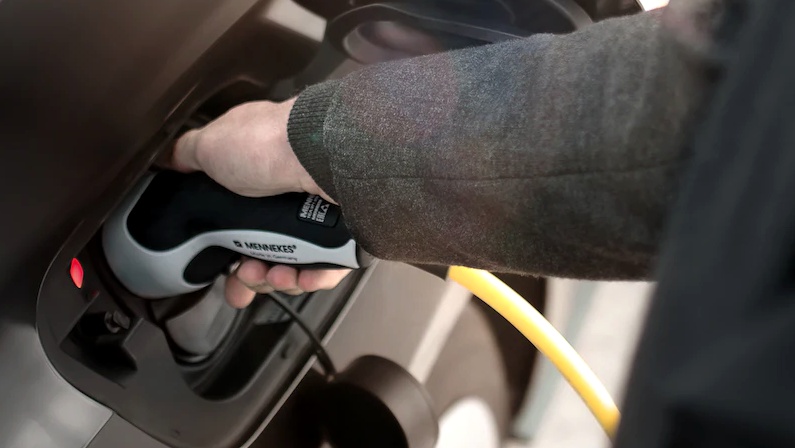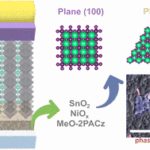Why Aptera’s Vehicle Solar Panel Design Is Bigger News For The EV Industry Than We Think

- 10 de October de 2022
- LikeUnlikeLike
A recent video by Aptera tells us not only that its vehicle-mounted solar panels are in production, but gives us some clues about the journey to get to this point. It wasn’t easy, and certainly wasn’t just a matter of slapping some panels on the outside of the car.
As pointed out in the beginning of the video, the companies that Aptera works with initially thought that the plan for a solar car, at least the way Aptera was trying to do it, just wasn’t really possible. If you’re looking for a solar cell that can bend not just in one direction, but two, and still be strong enough to withstand the rigors of riding around on a car, there’s no automotive supplier you can just go to and order cells. The technology just didn’t exist.
Why? Because it’s a HUGE ask. Bending a solar cell in one direction is already challenging. bending it in two directions was guaranteed to shatter or crack it. That’s why most vehicle-mounted solar cells in the past have only been on the relatively flat parts of vehicles like you’d find on the roof.
But, it’s even worse than just not snapping the panels during manufacturing. If there’s too much stress on them to begin with, and they’re on the edge of cracking, they probably wouldn’t survive. You’re talking about 20 years of heat, cold, vibrations, shocks, rain, hail, snow, blowing sand, people sitting or leaning on the car, and the relentless assault of ultraviolet, infrared, and visible light. Solar cells take just a tiny portion of that last one, and convert it to energy, but that energy also tries to break down and discolor anything you put over the cells to protect them.
So, it really is a very different game than you see for stationary solar or mounting solar panels atop something like an RV or semi-truck trailer.
So, Aptera had to do lots and lots of testing. When I visited their facility in 2021, I saw some of this work sitting out, but I wasn’t allowed to take pictures or share some of what I learned. They had a little airgun there to shoot prototype solar cells and panels with ice, to simulate hail. They had all sorts of testing going on, some of which was hidden behind thick curtains. Now, the video lets us get a better peek of what was going on back then (and since).
They had to do this two-axis design both because the vehicle needed to be a specific shape for maximum aerodynamic efficiency, and because they needed to cover as much of the vehicle in solar as possible. Between these two things, they could develop a vehicle that could get meaningful range from the sun.
More importantly, though, they couldn’t come up with a design that they could build just a few of. They needed to make a plan and a design that could work well to make a million copies quickly enough to fill Aptera’s orders and cover many, many more. That added yet another layer of challenges to what was already a gauntlet.
Share:
Search
Recent Posts…
Prof. Ana Flávia Nogueira Featured Among Women Leaders in Clean Energy Research
11 de April de 2025Group’s Participation in the XXII B-MRS Meeting
28 de October de 2024



